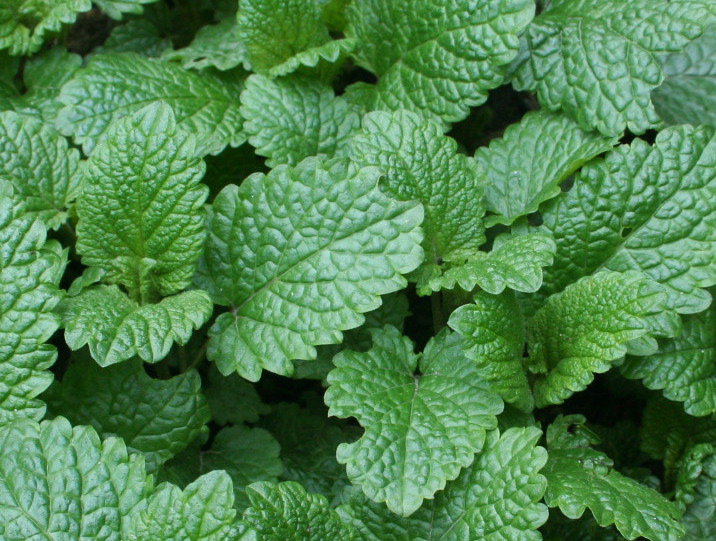
LEMON BALM
Of Old-World origin, it is widely naturalized in America. It is easily increased by division or by seeds sown in the hotbed or coldframe.
Lemon Balm
This herb is relatively easy to cultivate outdoors in United States Department of Agriculture Plant Hardiness Zones 4 through 9. In zone 4, it needs winter mulch and a well-drained sandy soil to survive.
Growing Cultures
Outdoors, containers, hydroponics.
Plant Height
Lemon balm grows to a height of 12 to 18 inches (30 - 45cm).
Plant Spacing
Lemon balm plants should be spaced between 12 and 15 inches (30 and 38 cm) apart.
Preferred pH Range
Lemon balm will grow in a relatively wide pH range between 5.6 (acidic) and 9.0 (strongly alkaline) with a preferred range of 6.0 to 7.5.
Propagation
From seed. Start seeds indoors six to eight weeks before last frost.
Seed Germination Period
12 to 21 days.
Seeds Per Gram (Approximate)
2,000
Soil Requirements
Fertile, well-drained clay or sandy loam.
Alternative Growing Media
Soilless potting mixes, perlite, vermiculite, rockwool, coco peat, Oasis foam.
Time From Seed to Saleable Plant
Seeds to finished plugs, 6 weeks; plugs to saleable plants, 5 weeks.
Sun & Lighting Requirements
Lemon balm grown outdoors prefers full sun, but is mildly shade-tolerant. In dry climates, it grows best in partial shade.
Water Requirements
Requires consistently moist soil, do not let soil dry out in between waterings. Water on a regular schedule, taking care to not overwater.
Potential Pests & Diseases
Whitefly, spider mite, thrip. Susceptible to powdery mildew.
Special Notes
Lemon balm may be considered a noxious weed or invasive plant in some areas. Lemon balm is drought tolerant and is useful in xeriscaping. Lemon balm is known to attract bees, butterflies or birds and has fragrant blossoms. Lemon balm self-sows freely; remove flowers (deadhead) if you do not want volunteer seedlings the following season.
A CLOSER LOOK AT LEMON BALM
LEMON BALM CURES COLD SORE ... NATURAL LIP BALM
LEMON BALM TEA



No comments:
Post a Comment